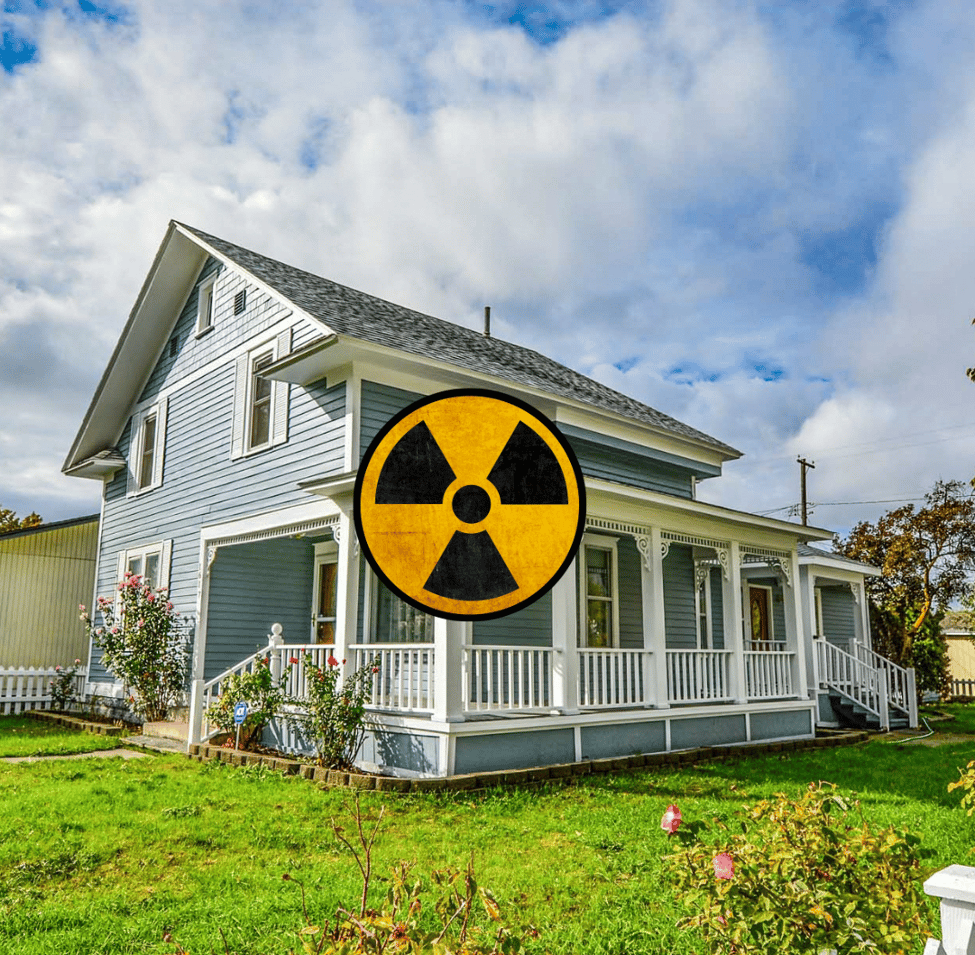What Are Unpermitted Renovations?
When a homeowner makes structural changes, builds additions, or updates key systems (like electrical or plumbing) without formal approval, these are considered unpermitted renovations. In many municipalities this violates local building codes—and when you buy a home with unpermitted work, you inherit the risk. These modifications may not show on permits or plans, but they can dramatically affect your finances, legal liability, and insurance coverage.
1. Why Sellers Skip Permits—and Why That’s a Red Flag
Many sellers opt to bypass permitting to avoid fees, delays, or inspections. They might see it as a shortcut—but the consequences fall on the buyer. Without inspection from city officials, work may be unsafe, poorly done, or noncompliant. It also creates unknown variables in warranties and resale value. Most savvy buyers will see permit-less remodels as a sign of intentional risk-taking.
2. Legal and Financial Liabilities for the Buyer
As the new owner, you become responsible for bringing the home up to code. If an unpermitted renovation violates local statutes, the municipality can demand corrective work, fines, or even partial demolition. You may face stop-work orders or be required to pull permits retroactively—sometimes at full permit cost. When budgets lack margin for these surprises, the cost can exceed the projected savings of the unpermitted project.
3. Insurance Coverage Can Be Denied
Homeowners insurance policies often exclude coverage for work completed without proper permits or licensed contractors. If an unpermitted renovation causes structural failures, mold, fire, or flooding, claims may be denied. That means you could bear full financial responsibility for damages or injuries—even if it's the prior owner’s work that caused the issue.
4. Inspection Process: What an Inspector Will—and Won’t See
Licensed home inspectors are trained to spot signs of unpermitted work—like irregular framing, new additions with mismatched materials, or improperly cut load-bearing joists. But inspectors aren’t code enforcement officials, so they can’t issue citations. Their job is to flag suspicious conditions. If one suspects unpermitted work, buyers should order a municipal permit search or hire a code inspector to confirm legality.
5. Financing and Resale Implications
Lenders may refuse loan approval if they discover unpermitted work—especially structural additions or major system upgrades. Even if financed, resale becomes problematic. Buyers often demand proof of permitted and inspected work before closing or at appraisal. Without that proof, you may be forced to disclose the issue and accept a lower sale price—or invest heavily in retroactive compliance.
6. How to Protect Yourself as a Buyer
- Request permit documentation: Ask sellers for remodel permits and sign-offs. If none exist, ask for tax, utility, or contractor records.
- Hire a code inspector: Different from a general inspector, a code specialist can verify whether permits were pulled and work is legal.
- Include inspection contingencies: A purchase agreement should allow for investigation and renegotiation if unpermitted work is detected.
- Holdback or escrow arrangements: If unpermitted work is identified late in the process, negotiate funds to be held until code is closed.
- Verify insurance backup: Ensure your policy covers legacy renovations, or negotiate premium reductions—or avoid properties with high legal risk entirely.
7. Common Unpermitted Work Scenarios and Their Impact
a. Room additions or garage conversions
Structural changes without proper footings, framing, or permits can create long-term settlement or load-bearing issues.
b. Kitchen or bathroom remodels
Cutting corners on ventilation, plumbing, or gas hookups can create mold growth, water damage, or fire hazards.
c. Electrical upgrades
DIY installations or additions without permit often lack proper wiring, grounding, or load capacity—creating serious fire risks.
d. HVAC system tweaks or relocation
Improper ductwork, undersized units, or unlicensed gas hookups risk inefficiency and code violations.
8. Real Buyer Stories and Case Studies
- A buyer purchased a home with an unpermitted pool and outdoor kitchen. After severe plumbing leaks and a flood, their insurer denied the claim. They're now paying for repairs and compliance out-of-pocket.
- Another buyer discovered an unpermitted second-story addition. The city required demolition and re-permitting. This cost over $50,000 and delayed occupancy by months.
These cases illustrate that what seems like a minor oversight can become a major financial impact.
9. When Unpermitted Work Might Be Acceptable
In some cases, low-risk cosmetic projects—like painting, superficial flooring, or removable fixtures—may be less problematic. Still, transparency is key. Buyers should fully document the work in writing, disclose it, and consult local code guidance. If it's truly cosmetic and non-structural, and you're okay budgeting risk, it may be manageable—but avoid structural changes or major systems without permits.
10. Final Word: Know What You're Buying—and Never Skip Due Diligence
Homebuyers must treat sirens like unpermitted renovations seriously. The upfront savings for sellers aren’t your gain—they’re liabilities passed to you. Proper due diligence—permit searches, code inspections, cautious contract language—protects your investment and peace of mind.

